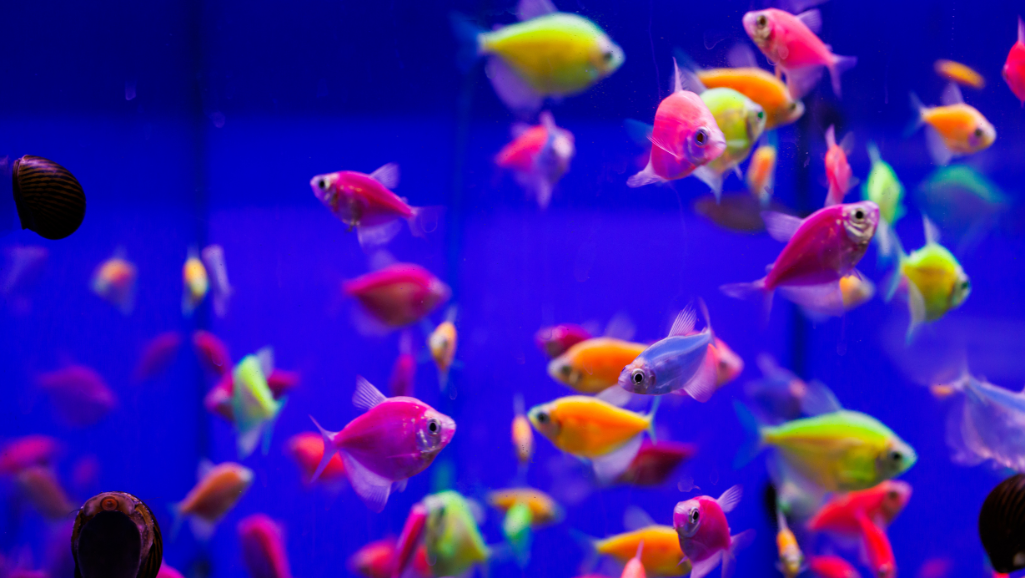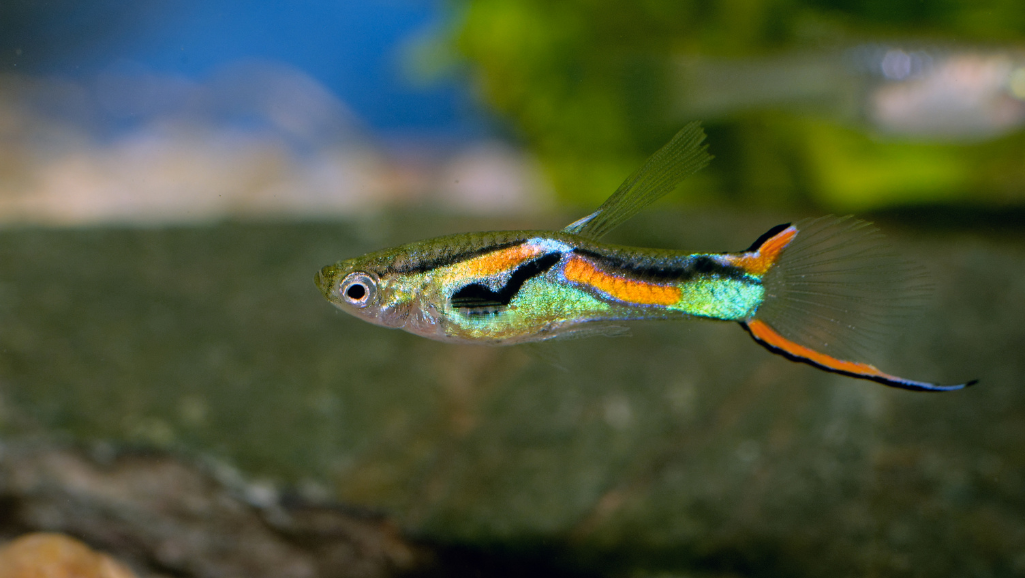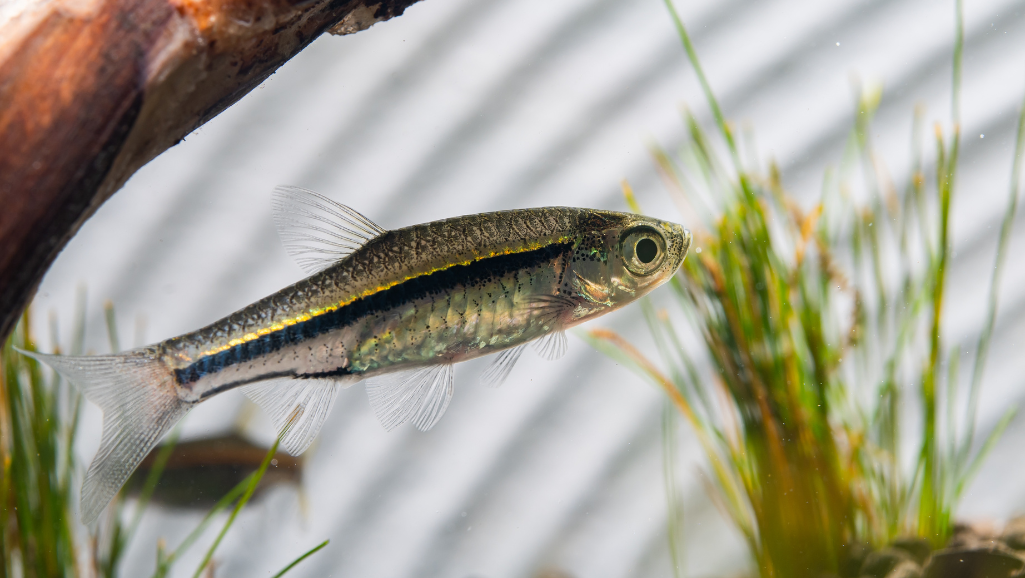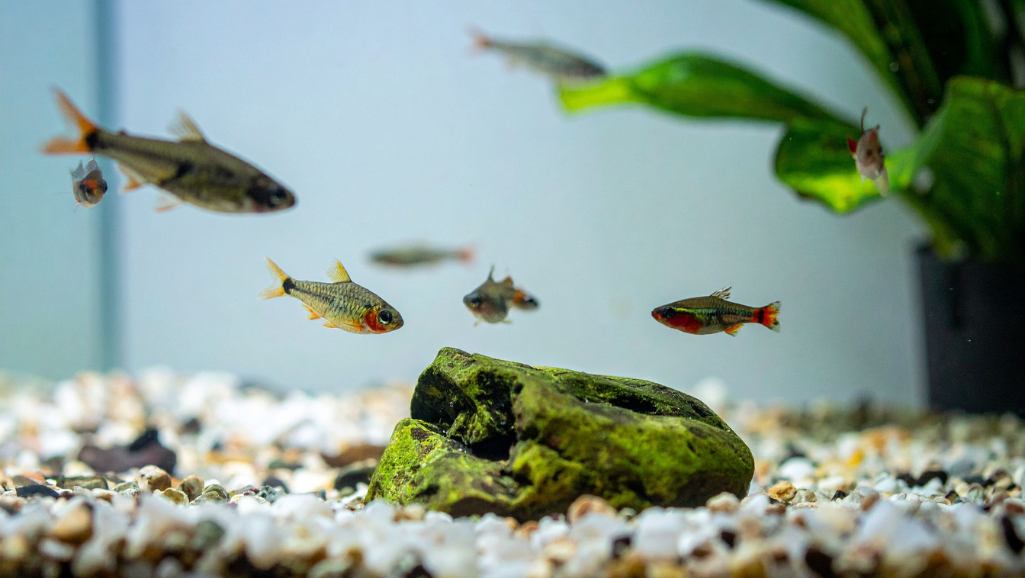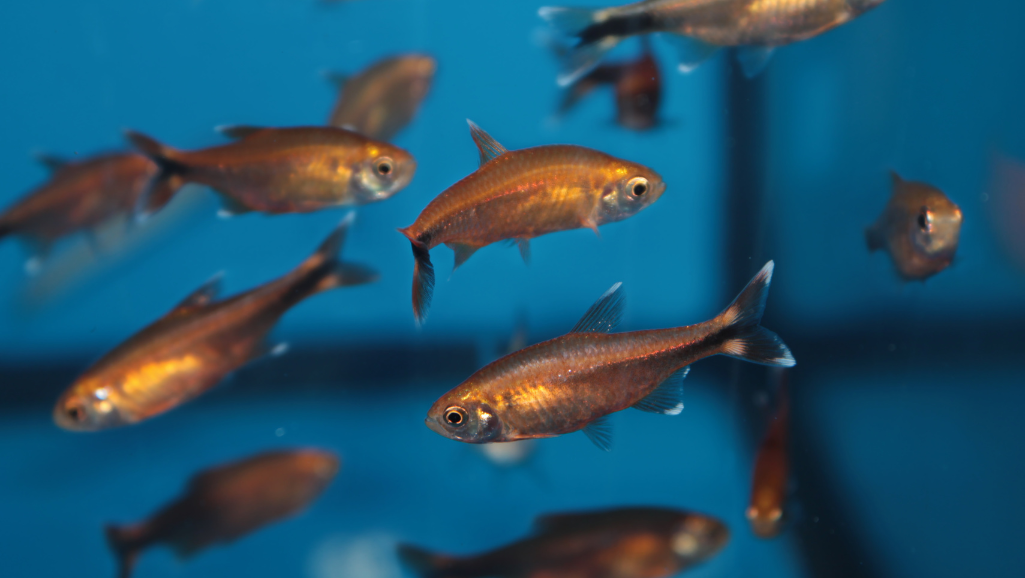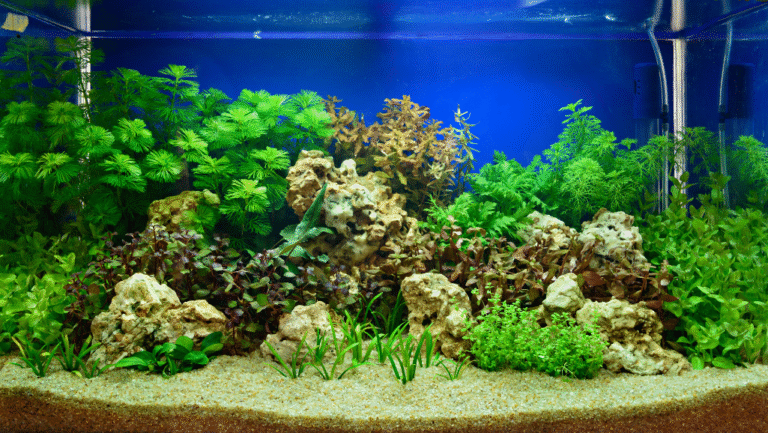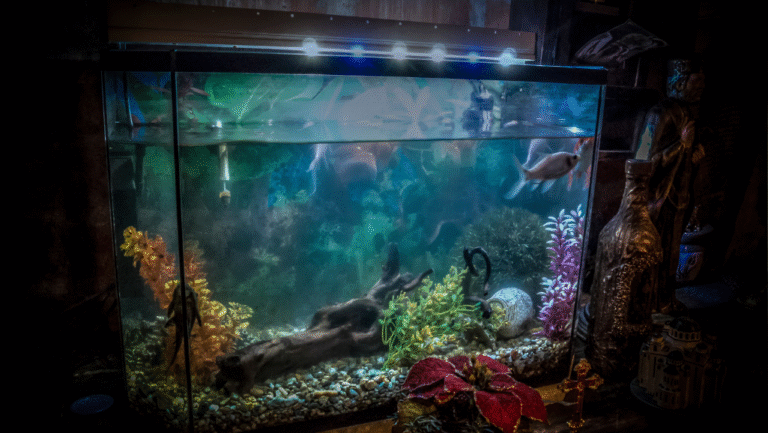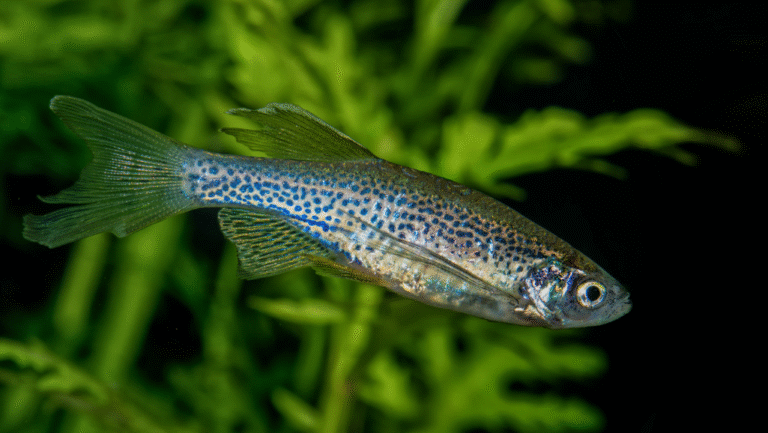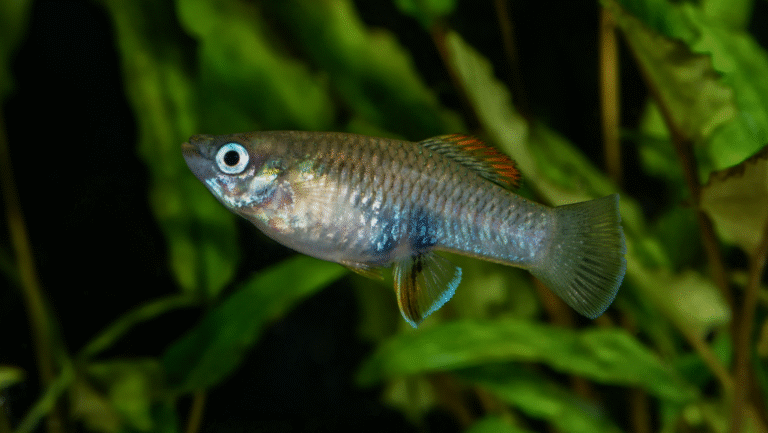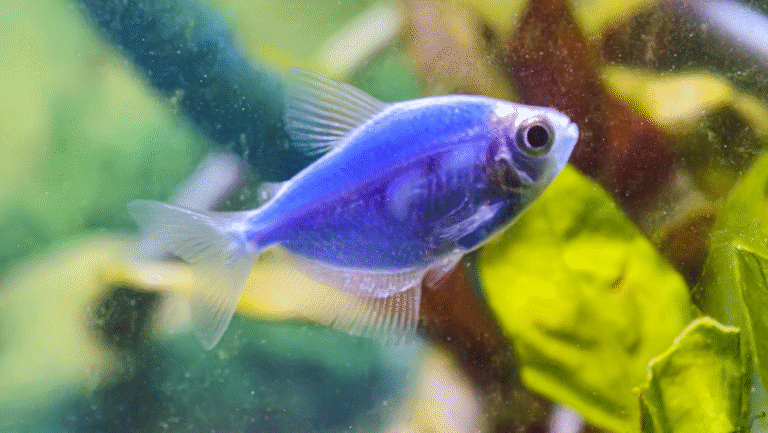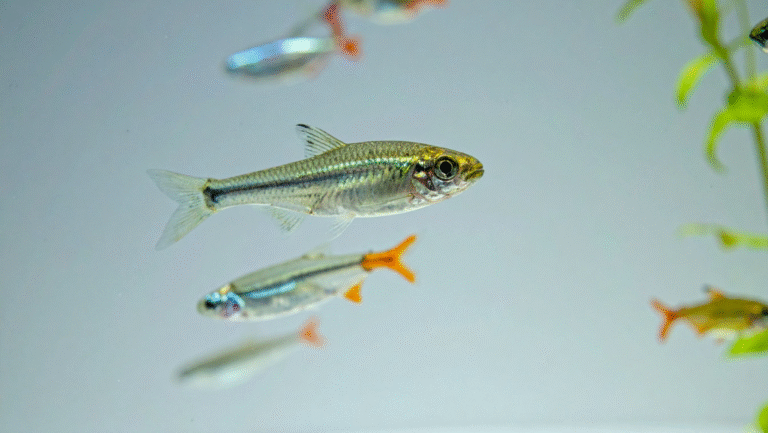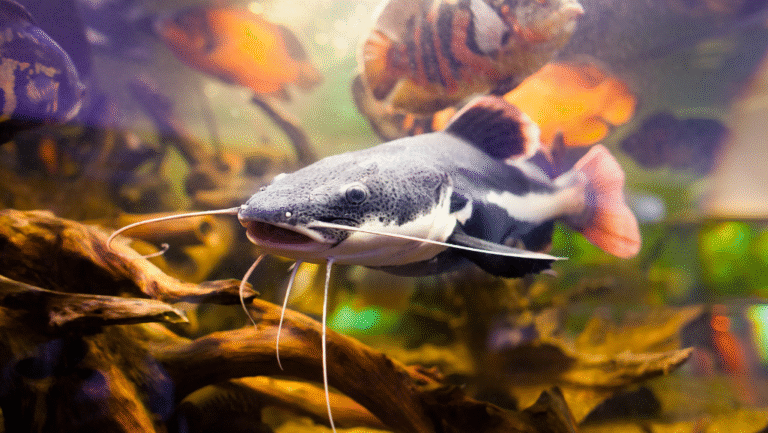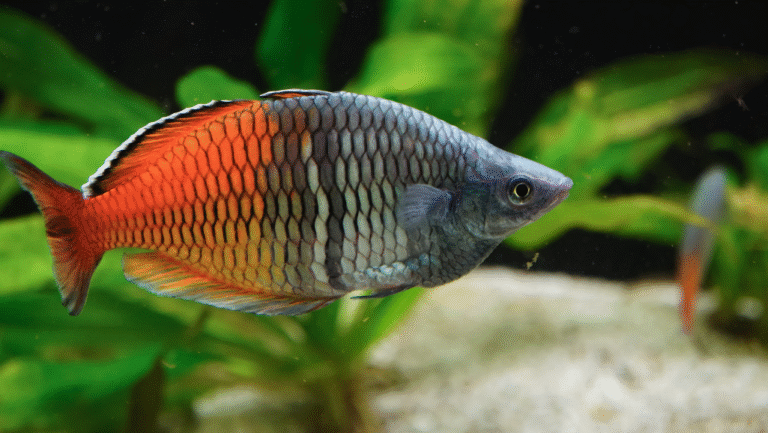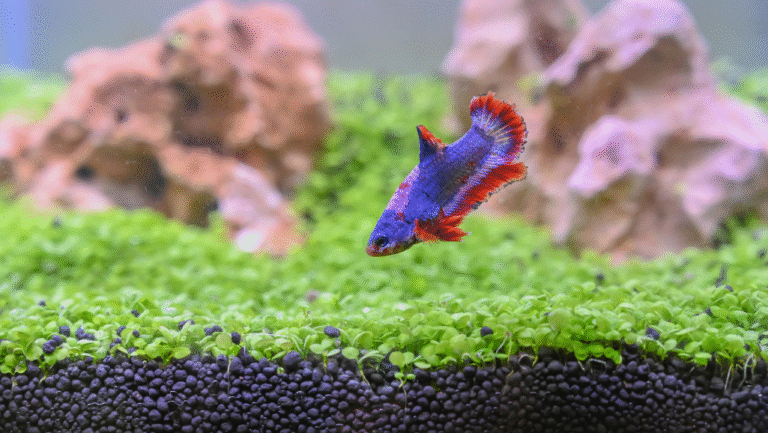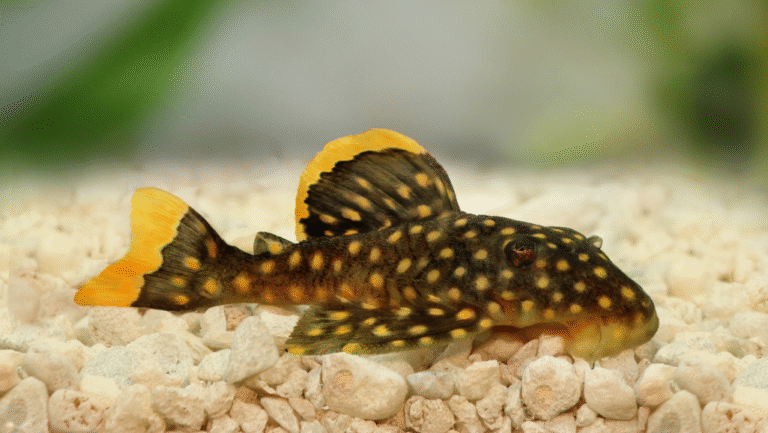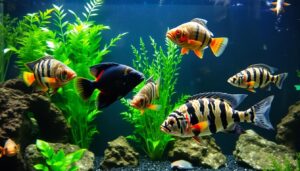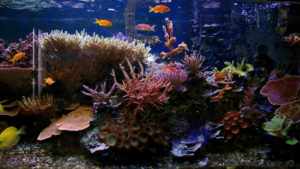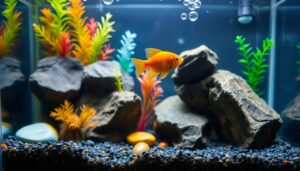Create a calm, colorful aquarium that fits your life and your tank size. This guide promises a curated selection of peaceful, easy-to-raise species that bring motion and calm to any home.
Choosing the right fish is the most important choice for a healthy community. Matching species to available space and water conditions affects behavior, color, and maintenance time.
We focus on schooling shimmer near the top, active midwater swimmers, and helpful bottom dwellers that keep the tank neat. Expect species that accept flakes and pellets and thrive in common home setups.
Practical steps follow each profile: stocking levels, simple aquascape tips, and care routines. Use the one-inch-per-gallon guideline to avoid overcrowding and build a balanced aquarium that people of any skill level can enjoy.
Key Takeaways
- Best Fresh Water Fish.
- Pick species that match your tank size and water conditions for harmony.
- Include top, mid, and bottom dwellers for a balanced community.
- Choose tolerant eaters that accept flakes and pellets for easy care.
- Follow the one-inch-per-gallon rule to avoid overcrowding.
- Use stocking and aquascape tips to create a relaxing, colorful world in glass.
Why Choosing the Right Freshwater Fish Makes Your Aquarium Shine
Picking the right species shapes how calm and colorful your tank feels each day. Good choices reduce fighting and stress, so the whole community looks relaxed and natural.
Temperament and activity level change what you see. Peaceful fish that get along create smooth schooling and graceful movement. That motion highlights color without chaos and makes daily viewing soothing.
Size, diet, and bioload matter for water clarity and maintenance time. Correct stocking prevents cloudy tanks and keeps waste manageable. Choose species that accept staple foods so feeding fits your routine.
- Match temperaments and size to avoid conflict.
- Use schooling species like neon tetras or zebrafish for midwater shimmer.
- Provide plants and hiding spots so shy fish relax and show true color.
“A well-planned stocking plan means fewer conflicts and a tank that looks curated every hour.”
How We Picked the Best: Peaceful Temperaments, Easy Care, and Community Fit
Our picks center on hardy, social species that add movement and color without extra fuss. We used clear, practical tests to make sure recommendations work for common home setups.
Beginner-friendly species and low-maintenance care
Priority went to species that accept flakes and pellets and show reliable health in moderate tanks. That means low stress, simple diet, and easy care routines so new hobbyists find quick success.
Compatibility and getting along in community tanks
We screened by size, temperament, and activity. Groups that swim along well tend to avoid chasing and display natural schooling behavior. Similar-paced species reduce conflict and keep the tank calm.
Color, patterns, and schools that inspire
Visual appeal matters. Schools amplify color and pattern, creating a dynamic focal point. We favored stripes, gradients, and compact forms that stand out without causing aggression.
- Selection criteria: peaceful, social, easy diet.
- Beginner focus: hardy species documented for low-maintenance care.
- Compatibility checks: matching size and activity for harmonious community tanks.
“A well-chosen community boosts color and calm more than any single centerpiece.”
Tank Size and Space: From Nano Tanks to 50+ Gallons
Tank dimensions and layout shape how lively and calm your aquatic community will be.
One-inch-per-gallon is a useful starting rule: roughly one inch of adult length per net gallon. Use it only as a baseline. It ignores body mass, heavy bioload, filtration, and territorial behavior. Overcrowding quickly causes cloudy water and stress.
Practical limits and species planning
Match species minimums to real space. Neon tetras and dwarf gourami need about 10 gallons. Bristlenose plecos do better in 30 gallons, while some loaches and larger sharks require 50 gallons.
Aquascape, lanes, and substrate
Design horizontal lanes for danios and rainbow groups; leave vertical clearance for angelfish. Use soft sand for bottom sifters so barbels stay safe.
- Create planted margins and open midwater zones for schools.
- Add rock or driftwood for bottom dwellers and hiding spots.
- Break lines of sight so shy community members find cover.
“More room equals more stable parameters and a calmer tank.”
Plan space upfront and you get a calmer, clearer setup and a best aquarium experience with fewer adjustments later.
The Best Fresh Water Fish for Beginners and Busy People
For busy beginners, a handful of hardy livebearers deliver color and low-maintenance charm in modest tanks.
Guppy: colorful, peaceful, and prolific
Guppies are the quintessential starter fish. They accept flakes and micro-pellets and adapt to a simple diet with ease.
They get along well with tetras and corydoras, so they suit a calm community. Guppies breed often, producing fry that delight new keepers.
Start with a small group and use plant cover to shelter young fry. Regular feeding and steady parameters keep guppies healthy with minimal fuss.
Platy and Molly: hardy, active tankmates that thrive on staples
Platies and mollies tolerate busy schedules. They eat standard flakes and pellets and do well with once-daily feeding plus an occasional treat.
The Red Wagtail Platy is a great example and fits comfortably in a 10-gallon size setup. These livebearers add motion and color without demanding complex care.
- Small size, big impact: lively movement livens a modest aquarium.
- Manageable groups: start small, manage fry by plant cover or rehoming.
- Simple routine: regular feeding, weekly maintenance, and steady water parameters.
“Begin with forgiving species to build confidence before expanding your stocking plan.”
Peaceful Schooling Beauties That Elevate Any Community
When small, coordinated groups move as one, an aquarium gains depth and effortless charm. Schools add motion and make colors read as a single, dynamic element across the tank.
Neon Tetra and Bloodfin Tetra: shimmer, stripes, and schools
Neon tetras bring iconic blue and red shimmer in tight schools. They suit a 10‑gallon minimum and stay calm in planted midwater lanes.
Bloodfin tetras pair well as a contrasting midwater group, adding activity without aggression.
Zebrafish (Danio rerio) and GloFish Danio: hardy, fast, and vibrant
Zebrafish show clear horizontal stripes and lively schooling motion. GloFish Danio offers the same hardy behavior with fluorescent hues under blue LEDs.
Both thrive in small groups and accept flakes and micro‑pellets; add frozen treats to boost color.
Boeseman’s Rainbowfish: bold colors in groups
For larger tanks (30 gallons+), Boeseman’s Rainbowfish deliver bold two‑tone color and coordinated movement. Keep them in groups of six or more for natural display.
“Lighting and a dark background make stripes and shimmer pop while keeping stress low.”
- Keep schools of six+ to encourage tight formations.
- Match similar-sized species to protect community balance.
- Use subdued lighting and dark backdrops to highlight color.
For stocking ideas and more compatible community pairs, see our community fish guide.
Essential Bottom Dwellers: Catfish and Loaches That Keep Things Tidy
A peaceful tank needs reliable bottom dwellers to tidy up and add quiet life beneath the plants.
Corydoras are gentle, social catfish that sift the substrate in friendly groups. Keep six or more so they show natural foraging and reduce stress. Soft sand protects their barbels and encourages natural behavior.
Corydoras catfish: friendly families and substrate sifters
Corydoras travel in schools and clean leftover food. They are hardy and mesh well in a planted aquarium community.
Bristlenose Plecostomus: algae helper with personality
Bristlenose plecos fit 30‑gallon tanks, eat algae, and accept sinking wafers. They add quirky looks without overwhelming midwater species.
Kuhli Loach and Hillstream Loach: eel-like charm and flow lovers
Kuhli loaches have eel-like bodies and prefer fine sand, plenty of caves, and groups of five or more. Hillstream loaches need strong flow, high oxygen, and smooth rocks to graze.
Royal Whiptail Catfish: unique form and peaceful nature
The royal whiptail is peaceful and favors larger, stable tanks. It accepts algae wafers and sinking pellets and blends calmly with gentle tankmates.
Feeding tip: offer sinking wafers or algae tablets, and drop occasional flakes or pellets so bottom feeders can access food. Build hardscape with caves, leaf litter, and shaded retreats to keep bottom dwellers visible and relaxed.
- Substrate: choose fine sand for barbel protection.
- Groups: many bottom species do best in six-plus or small schools.
- Flow & oxygen: hillstream types need current and aeration.
Standout Centerpieces: Eye-Catching Aquarium Fish for Impact
A single showpiece can lift an entire tank, drawing the eye and setting the room’s mood. Choose one centerpiece per visual zone so the layout stays calm and balanced.
Koi Angelfish: graceful stature for medium tanks
Koi Angelfish thrive in a 30-gallon or larger setup with vertical space. Their tall profile and flowing fins create a gallery-like presence.
They are semi-aggressive and do best with calm, similar-sized companions. Provide tall plants and open front space for viewing.
Powder Blue Dwarf Gourami & Honey Gourami: gentle labyrinth species
The Powder Blue Dwarf Gourami offers tranquil colors and loves planted displays with floating cover and low flow. A 10-gallon area suits its size and bubble-nest habits.
The Honey Gourami shows subtle beauty but is more sensitive. It rewards keepers who maintain pristine parameters and steady routines.
Crowntail Betta: a dramatic solo star
Crowntail Bettas make bold nano centerpieces. Male aggression means a solo male is safest, or pair with peaceful, non-fin-nipping tankmates.
- Aquascape tips: open front viewing, tall plants for angelfish, floating cover for labyrinth species.
- Stock one centerpiece per zone to avoid crowding.
- Bring out color with stable parameters, quality diet, and gentle flow.
“Choose a centerpiece that enhances the community, never dominates it.”
Cichlids with Charm: Peaceful Picks for Community and Semi-Community Tanks
Certain cichlids balance character and restraint, showing color and care without upsetting neighbors.
Keyhole cichlids are understated yet engaging. They fit semi-community tanks thanks to a calm demeanor and modest territory needs. Pair them with peaceful midwater companions and add rock caves to limit stress.
Kribensis show bright flashes and adapt well when tanks are not overcrowded. These hardy names accept micro‑pellets and frozen treats, and they blend into planted setups when given hiding spots.
Bolivian rams form strong pair bonds and show parental care. Keep them in a 30‑gallon tank for stable behavior and allow patient observation during breeding.
Agassiz’s dwarf cichlid is jewel‑toned and shy. It thrives with stable parameters, heavy planting, and plenty of cover so it can stake gentle territories without bullying neighbors.
- Compatible companions: peaceful midwater schools and small bottom dwellers.
- Diet: varied micro‑pellets, frozen foods, and occasional live treats to boost condition.
- Scape tip: provide caves, plant thickets, and clear sightline breaks to diffuse tension.
Watch closely during breeding phases and adjust cover or temporary dividers to keep harmony in semi‑community environments.
Transparent and Unusual: Cool Freshwater Fish That Spark Wonder
Transparent species add a rare, crystalline calm that turns ordinary tanks into living curiosities. These selections suit hobbyists who want subtle motion and striking detail without bold, loud color.
Glass Catfish and Indian Glassfish
Glass catfish are mesmerizing: keep a school of five or more in a 30-gallon tank so they feel secure. In groups their clear bodies reveal internal structure as they glide in calm formation.
The Indian glassfish prefers open lanes and high oxygen. A gentle current and steady aeration help them cruise confidently in planted community setups.
Peacock Gudgeon
The peacock gudgeon adds compact color and charm in a 15-gallon or larger tank. This peaceful omnivore is easy to feed and pairs well with non-aggressive neighbors.
- Keep groups to reduce stress and encourage steady swimming.
- Use subdued light, gentle flow, and dark substrate to boost contrast and subtle colors.
- Feed fine flakes, micro-pellets, and occasional frozen treats so shy eaters get nutrition.
“Translucent species reward patient observation—small details unfold over time.”
Small Wonders: Nano-Friendly Aquarium Fish with Big Personalities
Nano tanks can host lively personalities in tiny packages that reward close observation. These micro communities shine when you pick small species that school and stay confident in limited space.
Boraras brigittae: tiny rasboras for planted tanks
Boraras brigittae are micro rasboras that light up planted tanks with delicate hues. Keep a school of 8–10 in a 10-gallon setup so they show tight, synchronized motion.
Scape tip: dense plants, fine substrate, and small caves create scale-appropriate vistas where their colors pop.
Celestial Pearl Danio: polka-dot beauty in groups
Celestial Pearl Danios bring polka-dot patterns and orange fins that glow against greenery. They prefer open lanes within lush planting and do best in steady groups.
- Use gentle filtration and stable parameters for small volumes.
- Feed powdered flakes, micro-pellets, and baby brine shrimp for tiny mouths.
- Maintain cohesive groups to encourage natural schooling and confident behavior.
“One well-chosen feature and careful scaping make a nano tank feel expansive.”
Be patient. These species reveal personality through subtle interactions and foraging. With the right setup, a small tank becomes a vivid, living vignette.
Color That Pops: Reds, Blues, and Stripes That Light Up Your World
Vivid hues and crisp stripes turn a planted tank into a moving canvas that delights every visit. Use bold midwater tones and crisp foreground accents to build depth and calm at once.
Neon tetra blues and rainbowfish gradients
Neon tetras bring an iridescent blue band with a flash of red at the tail that reads beautifully in groups. Pair them with Boeseman’s Rainbowfish for two‑tone gradients that shift as they swim.
Tip: place these species in planted midwater lanes so their shifting colors create a living ribbon across the tank.
Red wagtail platy and striped zebrafish for contrast
Bring forward the Red Wagtail Platy to add warm red accents, and use striped zebrafish in upper lanes to add horizontal motion with bold stripes.
- Balance warm and cool tones so colors amplify rather than clash.
- Choose dark substrate and lush plants to deepen hues and avoid glare.
- Use staged lighting with gentle ramp-ups to coax shy community members out and let colors bloom.
- Mixed textures—fine leaves, broad swords, and driftwood—frame vivid species without distraction.
“A thoughtful palette makes your best aquarium feel like a small, vibrant world.”
Community Success: Which Fish Get Along Well Together
Successful community tanks rely on sensible mixes and thoughtful spacing to keep tensions low.
Pair schooling tetras with a group of corydoras on the bottom and add platies for midwater motion. A dwarf gourami or two gives calm presence without crowding lanes. These combinations help neighbors get along and keep feeding peaceful.
Size and temperament matter: match similar adult size so timid species are not bullied. Avoid long‑finned tankmates with known fin nippers, and never house two male bettas together.
When including semi‑aggressive centerpieces like angelfish, choose similar‑sized, quick midwater species and give extra space. During breeding, cichlids and livebearers can turn protective—add cover and monitor closely.
- Proven mix: tetras (schools), corydoras (bottom harmony), platies (activity), dwarf gouramis (calm midwater).
- Quarantine new arrivals to protect the existing community and keep parameters stable.
- Give plenty of room, line‑of‑sight breaks, and maintain filtration to manage bioload and territory issues.
“Observe, feed evenly, maintain water quality, and adjust stocking if persistent issues arise.”
Simple checklist: observe behavior daily, spread feeding to avoid hogs, test water weekly, and reduce stocking if conflicts persist. These steps help your community thrive and get along along well.
Diet, Food, and Feeding Time: Flakes, Pellets, and Live Treats
A clear feeding plan keeps colors bright and stress low in a community tank. Start with a simple baseline that most species accept and build from there.
Staples that work:
Staples that work
Offer quality flakes and micro‑pellets as the daily core of the diet. These staples satisfy most community fish and simplify routine feeding.
Add algae wafers and sinking herbivore pellets so bottom dwellers eat without competing at the surface.
Meaty additions
Rotate frozen or live treats—bloodworms, brine shrimp, and mosquito larvae—to boost color and condition. Treats are an excellent addition a few times weekly, not a replacement for staples.
Feeding strategies for schools
Feed brief, frequent portions for small schooling groups to prevent overfeeding. Use target feeding or place sinking foods where shy species can reach them.
- Keep portions small—food should clear in two minutes.
- Vary diet across the week to cover micronutrients.
- Stick to a schedule so schooling behavior stays calm and predictable.
Aquascaping Essentials: Plants, Substrate, and Flow That Fish Love
Design that considers currents, hiding spots, and grazing areas turns a tank into a balanced world. Good layout gives each species room to behave naturally and reduces stress across the aquarium.
Sand vs. fine gravel for loaches and corydoras
Choose sand or fine gravel to protect delicate barbels and invite natural sifting behavior. Kuhli loaches and corydoras prefer soft substrate so foraging is safe and natural.
Floating plants for gouramis and bettas
Floating plants create dappled light and secure cover for gouramis and bettas. These plants reduce glare, offer resting spots near the surface, and enhance color by easing stress.
Current and oxygen for danios, rainbowfish, and “sharks”
Many active midwater swimmers evolved in flowing water. Provide moderate-to-strong current and high dissolved oxygen for danios, rainbowfish, and Denison barbs so they thrive.
- Create layered planting: foreground carpets, mid stems, tall background to frame swimming space and reduce line-of-sight conflicts.
- Add driftwood and rocks for structure and grazing surfaces; plecos use wood and shaded retreats.
- Balance flow with calm back-eddies for shy species while keeping oxygenated zones for active swimmers.
“When fish find their preferred micro-habitats, the whole aquascape looks effortless and alive.”
Responsible Choices: Aquarium Fish vs. Table Fish
Understanding the line between edible game and captive companions keeps animals healthy and hobbyists happy. Make choices that respect both care needs and culinary traditions.
Why some species belong on a plate, not in a tank
Walleye, trout, bass, and panfish shine for eating in many kitchens. These freshwater game species grow large, need wide ranges, and demand complex systems. Most people cannot supply the volume, flow, or diet they require.
Catfish in two worlds
Not all catfish are equal. Small, peaceful types like corydoras and plecos are suited to home aquaria and daily viewing.
By contrast, channel, blue, and flathead catfish are intended for ponds and plates. They need vastly different husbandry and are not proper tank residents.
- Pet vs. plate: table species (walleye, trout, bass, panfish) are for cooking, not display.
- Welfare matters: large game species require habitats most hobbyists cannot provide.
- Sourcing: prefer captive‑bred strains for home aquarium use to protect wild stocks and comply with laws.
- Name caution: verify common name versus scientific name to avoid buying a culinary species by mistake.
Practical rule: when in doubt, choose established aquarium strains bred for life in glass, and enjoy culinary species in the kitchen where their role and needs are met.
Top Picks by Tank Size: Quick Reference for Beginners
A simple size-based shortlist helps beginners pick suitable species that thrive together.
10 gallons
For a small tank, choose lively, small species that stay calm in tight space. Try guppies, platies, neon tetras, or a single dwarf gourami for a gentle community.
20–30 gallons
This size lets you add midwater and bottom groups. Keep a school of corydoras on the bottom, consider Boeseman’s rainbowfish, and a pair of angelfish if compatibility is planned.
50+ gallons
Large tanks support bigger schools and heavier bioload. Scale up schooling groups and include bristlenose plecos, royal whiptail catfish, and Denison barbs for dynamic motion.
- Stock gradually: add new animals slowly and watch behavior.
- Plan for bioload: match filtration and maintenance to tank size.
- Mix levels: include top, mid, and bottom species so the whole column stays lively and balanced.
“Re-check species profiles before purchase to ensure long-term success.”
Conclusion
Thoughtful stocking, simple diets, and the right décor help you create a calm, colorful display. Choose the right size, temperament, and a clear plan so each choice supports long-term health and joy.
Start with space planning, a sensible stocking order, and regular maintenance time. Keep a modest community and add animals slowly so behavior stays peaceful and learning stays fun.
Schooling motion, gentle centerpieces, and tidy bottom crews together fish make a living artwork you can refine over months. The best aquarium grows with experience: adjust stocking, scape, and feeding as you learn each aquarium fish’s rhythm.
Pick a few favorites today, set the stage with plants and flow, and enjoy freshwater fish serenity.
